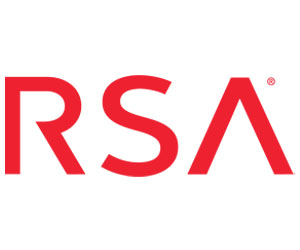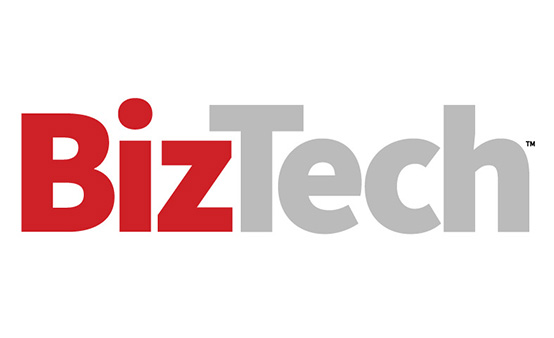BIZTECH: What’s new in the world of securing identities?
GHAI: I’ll start with what hasn’t changed. What hasn’t changed is that identity is still the No. 1 initial attack vector. Credential abuse, as the Verizon 2025 Data Breach Investigations Report says, is the primary way the bad guys get through. That hasn’t changed.
What has changed, though, is that threat actors are now using very advanced AI techniques to actually impersonate people and target workflows. Not necessarily at the time of authentication, but at other moments in an identity’s lifecycle.
The perfect example of that is the MGM breach. A few years ago, somebody called the help desk there and said, “Hey, I’ve lost my phone. I need to reboot my credentials, can you help me?” It was a help desk business process and workflow that they compromised to conduct credential abuse.
The MGM case was not actually an AI use case, but now what they’re doing is having AI impersonating a human voice so it actually sounds like the person that’s supposed to be calling on the other end. And that’s the power of AI, the more perfect impersonation, as opposed to just some random person calling.
FIND OUT: Why identity and access management can simplify data privacy and compliance.
BIZTECH: What can you do about that?
GHAI: There are a couple of things. One is that most of these attacks have been at the back of passwords: “OK, I’ve forgotten my password, can you reset it?” And I’ve been talking about the three Ps of identity for 2025, which are passwordless security, posture management and platformization. Passwords are clunky, costly and categorically insecure. Going passwordless in the workforce is one solution.
We’ve launched a set of solutions that cover every attack across every platform, across every use case and across every device. Because passwordless does not mean fewer passwords; it means no passwords. If there’s some legacy application that still requires a password, that is not passwordless.
We’ve instrumented the entire IT estate and created a solution that instruments and eradicates passwords, reducing the probability of these phishing-type attacks. And one of the solutions, specifically as a part of the passwordless suite for RSA, is what we call Help Desk Live Verify.
If there is a help desk transaction, we do a live, bilateral verification: Is the person who’s calling to be helped indeed the person that they’re claiming to be, and is the help desk person the right individual? It’s a two-way verification of that transaction, because if you are granting somebody a credential, that’s a high-value transaction.
BIZTECH: How are you enabling passwordless authentication protocols?
GHAI: There are three general approaches to passwordless. The first is FIDO. It’s phishing resistant. And we at RSA have been on the board of the FIDO Alliance. It’s a multivendor alliance to work on passwordless authentication protocols. It’s based on cryptographic transactions. The challenge is that only modern applications are going to support FIDO.
Another approach is to use techniques like QR code-based one-time passwords, or some of the standard MFA-type techniques to provide a next set of solutions related to an action by the user without using passwords to authenticate who they are.
And the third category is biometrics. There’s the FIDO protocol using cryptographic techniques, there are process-centric things like scanning a QR code or getting a push notification on your phone and reading out that OTP, there is biometrics. We use a combination of these three capabilities to ensure that there is a comprehensive solution that has no passwords, as opposed to fewer passwords.
















